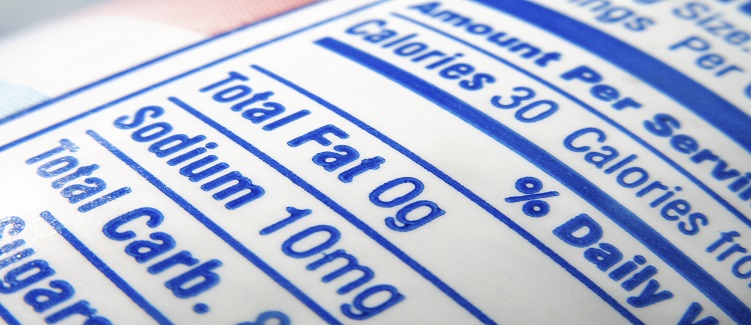Are you looking for easy ways to cut sodium in your diet? It might be simpler — and tastier — than you think.
A low-sodium diet can help you keep your blood pressure in check and benefit your health overall. Find out more about sodium, how it affects your body, and how you can cut back in your diet.
Never Miss a Beat!
Subscribe to Our HealthBeat Newsletter!
Thank you for subscribing!
You can now select the specific newsletters you'd like to receive.
You are already subscribed.
Subscribe to more newsletters in our email preference center.
Sorry, an error occurred. Please try again later.
Get Healthy Tips Sent to Your Phone!
What Is Sodium?
Sodium is a mineral your body needs to balance fluids and help your nerves and muscles work the right way. While everyone needs some sodium to stay healthy, too much sodium can raise your risk for high blood pressure and serious, even life-threatening problems like stroke.
Sodium is found in table salt and in many types of foods. Some foods naturally contain sodium, but others have sodium added in when they are processed. It’s important to know that foods don’t have to taste salty to be high in sodium. Bread, soups, cold cuts, and many other processed and prepared foods, including food in restaurants, have much more sodium than you might think. According to the American Heart Association, most people get more sodium from processed and packaged foods than they do from table salt.
RELATED: Tips for Your Heart-Healthy Diet
How Much Sodium Do I Need?
The American Heart Association recommends eating no more than 1,500 milligrams of sodium each day, but most people consume more than twice that amount. By choosing lower sodium foods, you can help lower your risk for high blood pressure and other health problems, like heart attack, stroke, heart failure, and kidney disease.
How Can I Cut Sodium in My Diet?
- Eat plenty of fresh fruits and vegetables. Many fruits and veggies are lower in sodium than processed foods and contain critical nutrients your body needs to stay healthy. Choose fresh or frozen varieties without added sugar and sodium.
- Choose fresh meats. While meats naturally contain sodium, fresh meats have less sodium than processed or cured meats, like cold cuts and bacon.
- Spice it up without the salt shaker. Instead of adding salt to your dishes, try fresh or dried herbs and spices without added salt (for example, use garlic powder, not garlic salt). Lemon juice and vinegar both add flavor without added salt.
- Read nutrition labels, and compare brands. All nutrition labels include the amount of sodium per serving, but some products might have less sodium than others. Take a look at a few different brands before making your choice in the grocery store.
- Know the difference between a portion size and a serving size. A portion is what you choose to eat, while a serving size is the measured amount that corresponds to the nutrition facts on the label. For example, you might choose a portion of two slices of toast for breakfast, but a serving size is one slice.
- When dining out, ask questions. Find out how your food is prepared, and ask the chef to skip the salt, garlic salt, and soy sauce in your meal. Order dressings and sauces on the side so you can control how much you add.
- Keep track of what you eat. Write down the foods you eat and the amount of sodium in each food so you can keep track throughout your day.
- Get help. A registered dietitian — an expert on food and nutrition — can also help you find ways to cut sodium from your diet.
To learn more, visit the UPMC Heart and Vascular Institute or call 1-855-UPMC-HVI (876-2484).
About Heart and Vascular Institute
The UPMC Heart and Vascular Institute has long been a leader in cardiovascular care, with a rich history in clinical research and innovation. As one of the first heart transplant centers in the country and as the developer of one of the first heart-assist devices, UPMC has contributed to advancing the field of cardiovascular medicine. We strive to provide the most advanced, cutting-edge care for our patients, treating both common and complex conditions. We also offer services that seek to improve the health of our communities, including heart screenings, free clinics, and heart health education. Find an expert near you.
